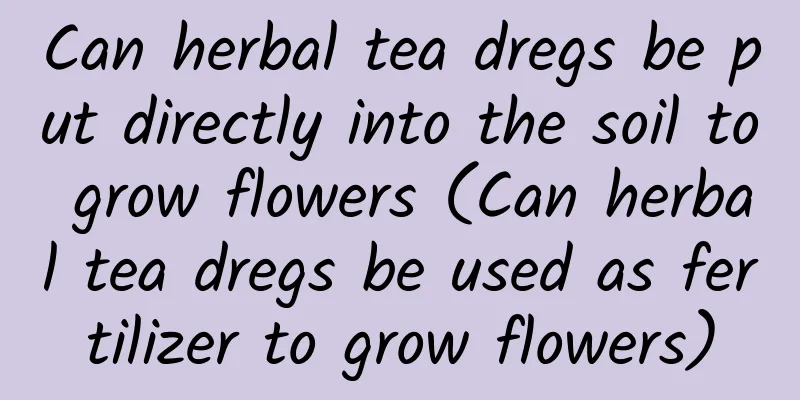Common diseases of Impatiens balsamina and their control

Damping-off disease of Impatiens balsaminaDamping-off disease mainly harms the young stems of Camellia Balsam. The main symptom is water-soaked spots on the stems, which later turn brown and become concave and shrink, causing the seedlings to fall over from the stems and die. Prevention and control methods include disinfecting the soil before sowing, loosening the plant density, controlling water volume, and increasing ventilation. After the disease occurs, you can spray with drugs such as thiophanate-methyl, carbendazim and thiophanate-methyl to treat the disease. Powdery mildew of Impatiens truncatumPowdery mildew mainly occurs on the leaves of Camellia Balsam plants. The main symptoms are small white powdery spots that then form layers and yellow dots appear, then develop into brown. The leaves turn yellow and gradually spread to other parts, causing the plant to wither and die. Prevention and control methods include strengthening management, enhancing ventilation, applying less nitrogen fertilizer, and timely cleaning. If the disease occurs, use thiophanate-methyl or thiophanate-methyl solution. Diseases of Impatiens truncatumThe disease mainly occurs on plants after transplanting. First, water-soaked green or yellow spots appear on the stems and bases, then develop into black-brown and gradually spread until the plants break and die, and then white silk-like substances appear. Prevention and control methods include timely disinfection of the soil and improvement of the growth environment. Treatment mainly uses drugs such as ethylene phosphite aluminum, methyl parathion, Bordeaux mixture, etc. Mosaic disease of Impatiens truncatumOne of the symptoms of mosaic disease is that the leaves become smaller and smaller, with dark green or yellow-white spots appearing, the leaves shrinking, the petals breaking, and the plants becoming short; the second symptom is that the leaf veins change from green to grayish white, and the leaf edges curling up. Prevention and control methods include maintaining hygiene, cleaning in a timely manner, reducing human intervention, and using pesticides to eliminate spreading pests. Impatiens balsaminaThe main symptom of white rot is the appearance of white silky spots. The main prevention and control methods include conserving water and soil, controlling temperature, strengthening management, and using drugs in a timely manner. |
<<: Common diseases of Ginkgo and their prevention and treatment
>>: Diseases and Pests of Winter Corals and Their Control
Recommend
Now is the best time to fertilize, seize the opportunity to make your flower roots strong and leaves green
The main fertilizer for the fortune tree is nitro...
When does Tradescantia bloom?
Tradescantia flowering The flowering period of Tr...
What is the reason why the lotus does not bloom?
The lotus , also known as the lotus, usually has ...
How to plant ice plant and in what season?
Ice plant is a vegetable with high nutritional va...
How to grow wild hawthorn stumps
1. Suitable soil The root system of wild hawthorn...
A helpless yet hopeful flower - Chlorophytum
Flower language of Chlorophytum The flower langua...
Feng Shui Placement Taboos for Anthurium
1. Avoid placing it under strong light Anthurium ...
Can honeysuckle be planted in pots?
Can honeysuckle be planted in pots? Honeysuckle c...
Hydroponic wolftail fern brings you a refreshing maintenance experience
Preparation of hydroponic wolftail fern A healthy...
Is it better to use a large or small pot for the bird's nest?
1. Flowerpot size Under normal circumstances, a n...
How to propagate Dutch chrysanthemum
Sowing propagation of Dutch chrysanthemum The bes...
How to grow broad beans with high yield
Broad bean, also known as Luohan bean, Hu bean, o...
Breeding methods and precautions for peach eggs
1. Plenty of sunlight When raising peach eggs, su...
What is okra?
What is okra? Okra belongs to the Malvaceae famil...
The growth environment and local conditions of Purslane
Purslane Growth Environment and Conditions Pursla...









